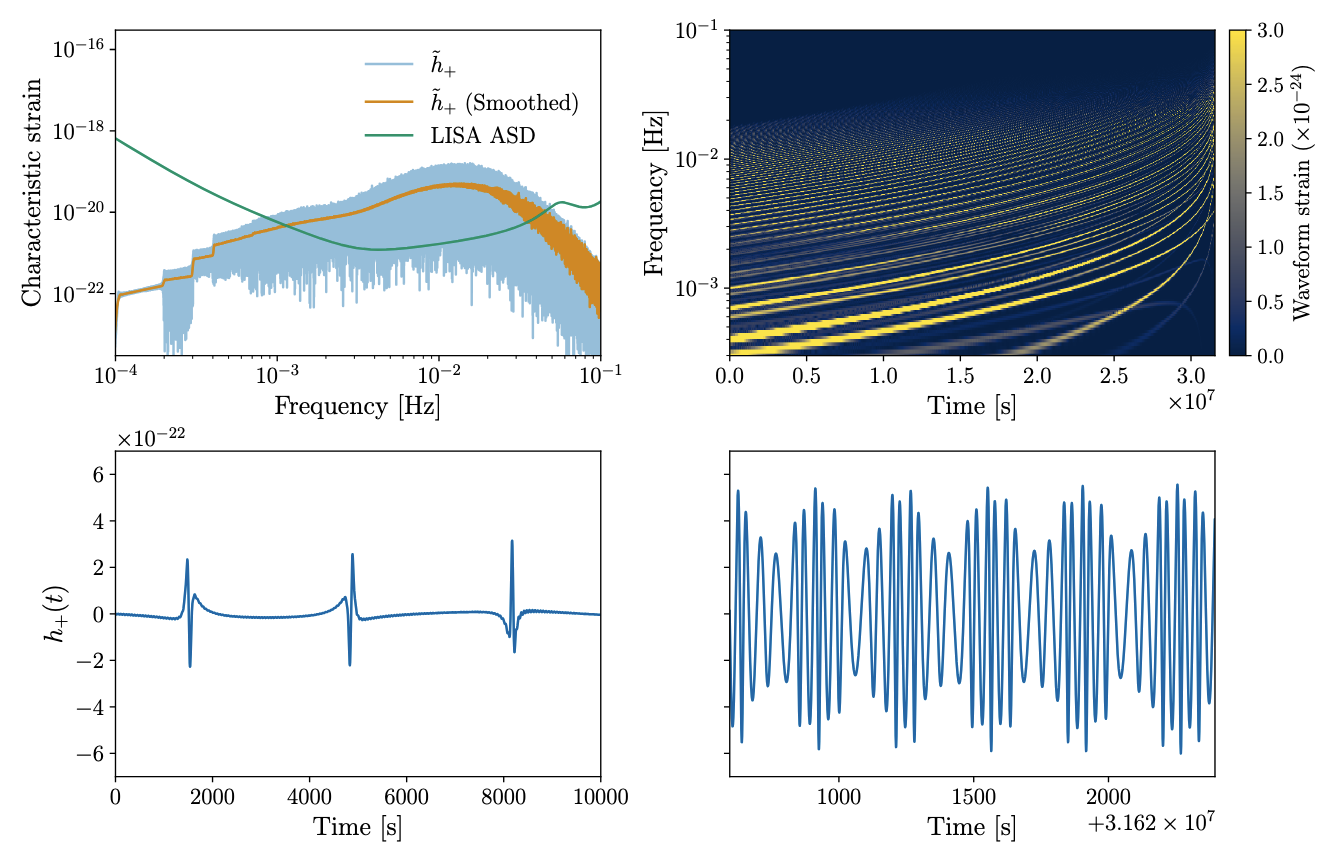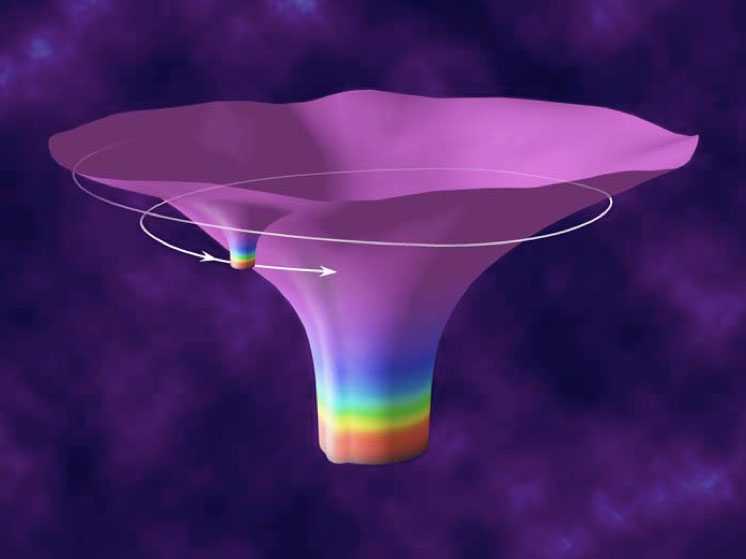Detecting and characterising gravitational waves from compact binary sources requires comparing the data from the detector will millions of theoretical ‘waveform templates’ from different realisations of possible binaries. Solving the Einstein field equation to compute these waveforms is usually a very computationally expensive process and so a range of techniques have been developed to fit, interpolate, and generally accelerate the calculation of waveform templates.
Extreme mass ratio inspirals represent one of the most challenging sources to model as they will generally be highly eccentric and precessing binaries that emit tens to hundreds of thousands of gravitational wave cycles over months to years whilst in the LISA detector band. Computing waveform templates that accurately track the waveform phase over these long inspirals requires solving the self-force problem. In order to rapidly compute the resulting waveform templates members of the UCD Relativity Group and their collaborators introduced the FastEMRIWaveforms (FEW) model which is able to generate multi-year long waveforms in ~100ms. The FEW model is currently being integrated into the ESA Science Ground Segment (the Distributed Data Processing Centre, DDPC) of the LISA mission.





